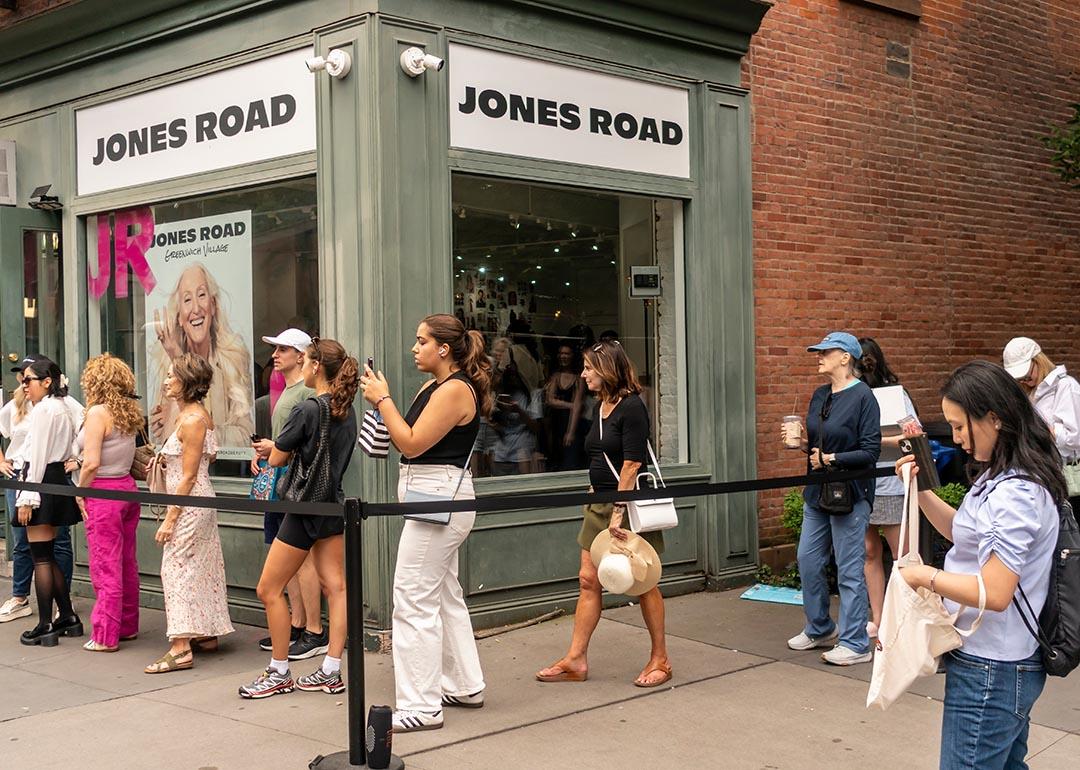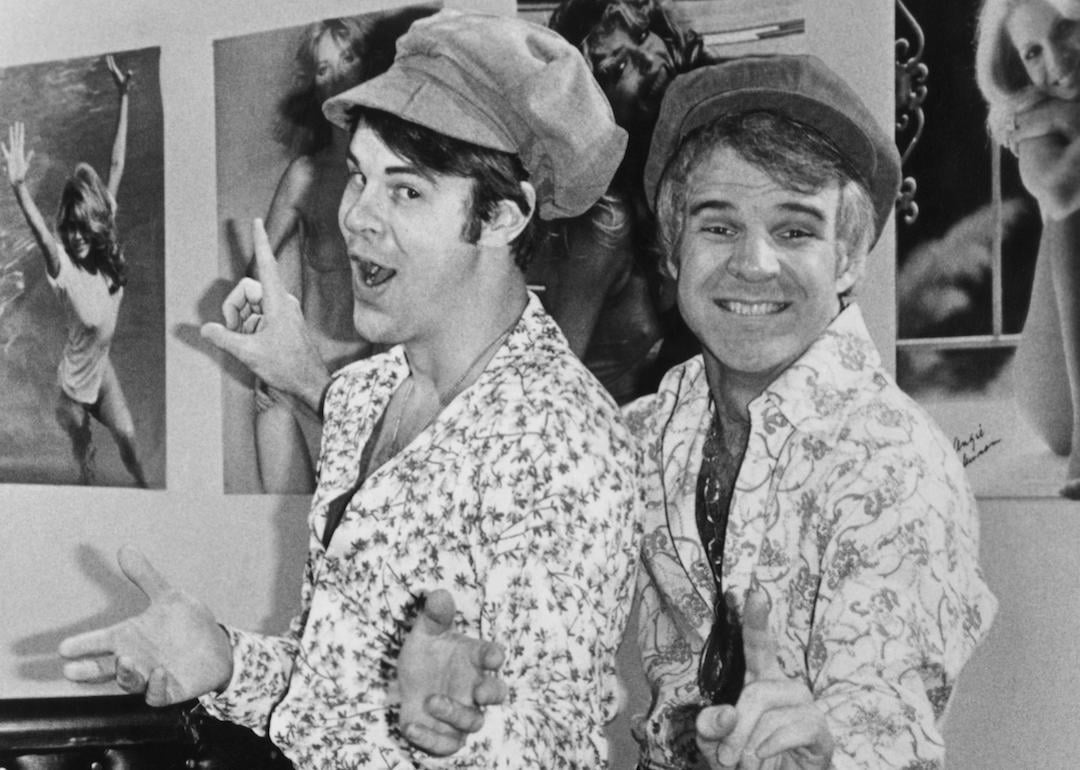
Black Friday Cyber Monday: How smart brands prep for the biggest sales weekend of the year
Black Friday Cyber Monday: How smart brands prep for the biggest sales weekend of the year
In the 70 years since its humble beginnings as a post-Thanksgiving, Main Street sales event, Black Friday has evolved into a multiweek, global retail blitz. Black Friday Cyber Monday (BFCM) has become a season in its own right, starting around early November, peaking on the Friday after Thanksgiving, and gradually tapering off right up until Christmas Eve. Pre-sale invitations, heavy discounts, huge brand engagements on social media, and festive traditional ads—it’s all part and parcel of the modern holiday shopping season.
According to Shopify data, 2024 BFCM sales were up 24% over 2023, totaling $11.5 billion in global sales from Shopify merchants alone. More than 67,000 merchants had their highest-selling day ever on Shopify over that weekend, which makes sense given that the past two years saw the highest-ever number of BFCM shoppers, according to a 2024 survey from the National Retail Federation.
With consumers almost universally in a spending mindset, the BFCM season is a can’t-miss opportunity for businesses large and small—which means planning often takes place year-round. Below, Shopify talked with brands about their BFCM preparation strategies to boost revenue, brand awareness, and customer loyalty. Borrow from their playbooks to make this and future holiday sales seasons the best yet.
Start customer acquisition efforts early
For Jones Road Beauty, BFCM efforts start in the summer, with customer-facing strategies kicking off in September. “Generally, from the beginning of September through the end of October, we have about three launches that go on, each catering toward different demographics,” says Payal Plofker, senior director of brand marketing at Jones Road Beauty. “We’re trying to get as many people interested in our brand during that time by casting as wide of a net as possible.”
Once those new leads and customers are in the brand ecosystem, Jones Road Beauty is primed for its BFCM sale, which focuses on promoting its customers’ favorite product, mini Miracle Balms, in a custom set. “We basically took our most recognizable product, the product everybody comes to us for, and made it into a more digestible form, something that people could feel pretty comfortable acquiring, as their first purchase,” Plofker says.
The team at skin care brand Beekman 1802 also starts planning early. “We always choose a theme for the holiday, and we start building that story really by the end of the summer,” says cofounder Dr. Brent Ridge. “We try to lead with the storytelling and get people engaged throughout the holiday season, so that when it comes time for Black Friday and Cyber Monday, they’re really primed for a deal because we’ve gotten them excited with the storytelling for several months.”
Choose the right discount
Historically, major retailers have used Black Friday as an opportunity to clear out excessive inventory, slashing prices during years when products are heavily overstocked, and minimizing discounts when inventory levels are moderate. Recent research shows that brands may not need to significantly slash prices to entice shoppers. According to email platform Klaviyo, “Discounts in the 10–15% and 20–25% ranges performed better than steep price cuts, underscoring a shift toward value-driven purchasing.”
Another factor in the discount puzzle is brand image: Setting discounts too high may offend loyalists who’ve been spending full price all year, or dilute customer perception of your brand’s value. To strike the right balance, brands calculate an appropriate discount level supported by their brand messaging and sales creative.
For example, luxury hair care brand Crown Affair’s strategy for threading this needle is offering bundled, rather than sitewide, discounts. While its “Build your ritual” bundle is discounted by 15% year-round, during BFCM, it doubles the discount to 30%. This approach allows it to focus on strategic storytelling about the product bundle while also driving sales with promotional pricing.
At the same time, the brand ensures that every part of the sales messaging is as tasteful and stunning as the rest of the brand aesthetic, says Jordyn Casaus, Crown Affair’s director of marketing. “You won’t find prices slashed by 50% and flashing red across the site,” she says.
Time sales to support brand goals
Brands see success with varying approaches to sale timing and duration. What’s important is aligning the sale’s narrative with your brand ethos and goals. Olive oil brand Graza opts for a month-long Friendsgiving sale in October instead of a traditional BFCM sale. “It’s a really impactful strategy for us to have a sale that’s outside of a standard sale period where there are tons of brands kind of fighting for attention in your inbox,” says Kali Shulklapper, director of brand marketing at Graza. “This will be our third year doing it.”
Cookware brand Our Place takes a different approach, choosing to keep its BFCM sale more limited in time to preserve the integrity of its pricing strategy. “[We] keep it limited because it is intended to be a special offer for a moment in time,” says cofounder and co-CEO Shiza Shahid. “If it drags on too long, then it can undermine your overall pricing as well.”
When apparel brand Set Active plans its sales, it focuses on standing out against its competitors by offering an additional sale after BFCM. “We made our own Black Friday in December, and we call it Setmas,” says founder Lindsey Carter. “We’re just trying little creative things here and there that get people wanting to come back to us rather than go to a different deal or sale that goes on during that time.”
Plan for the demand
The BFCM shopping spree can be unpredictable, which makes inventory management critical. Identifying seasonal trends in past sales data can help businesses predict how big a sales boost they can reasonably expect. Every year, Casaus and her product and operations teams at Crown Affair ask, “What did we do last year? What was the demand? What was the product sell-through based off of all of our SKUs? We essentially take that, apply it to this year’s revenue goals that we need to hit, and buy and plan based on that,” she says.
In addition to increasing its inventory, protein snack brand Elavi is also ensuring its website can meet BFCM demand. “We’re testing everything on the site,” says cofounder Michelle Razavi. “We’re going to be updating our website, updating our pop-ups, and when you do that, you want to make sure that you’re running through everything to make sure you’re not breaking anything. So we do a lot of testing behind the scenes to make sure, ‘OK, does this work?’ especially for new products and bundles.”
Keep people engaged after the sale
A good BFCM strategy doesn’t end once the weekend comes to a close. This is an opportunity to nurture new customers and reward those who’ve purchased from your brand year-round.
Crown Affair tackles this in two ways. First, the brand rewards loyal customers with extra deals after the main BFCM sales event. They’re typically short, single-day deals that target single products. And the deals aren’t widely advertised. “It depends every year based on behavior,” Casaus says, “but we extend that offer to our VIP and our loyal customers via email and SMS to offer an additional thank you so much for being with us. Thank you for loving us. Here’s something extra for you.” That way, if their loyal fans wanted to stock up on a product that wasn’t on sale during BFCM, they’ll get the chance through a direct message.
Second, the team plans new product launches and tailored marketing moments in January through March to nurture and engage new customers who came in from the sale. “When bringing in new customers at a discount, you’ll need a strategy for keeping them engaged post-discount,” Casaus says.
Generate insights year-round
For Our Place, BFCM success is all about testing new strategies early in the year so they have a handle on what will resonate best with their customers by the time November rolls around. “January is a time of experimentation,” Shahid says. “We can try new things. We can launch new channels. We can A/B test.” She says they focus on taking “those big swings early in the year so that we can then implement and build them and reap the benefits of that in Q4. It really is a full-year process.”
The team at Beekman 1802 echoes the importance of generating insights year-round. “We also really take in feedback from our consumers throughout the year of what they really want to see,” says David Baker, the brand’s chief digital officer.
Consider sale alternatives
While BFCM most often is associated with sales, brands also use the season to promote other business goals. REI famously gained brand attention with its antithetical Opt Outside campaign, which debuted for Black Friday in 2015. Every year since, REI closes its stores for the day to reinforce the organization’s belief that a “life outdoors is a life well lived.” The event was an earned media home run for the brand and led to partnerships with hundreds of other brands and nonprofits.
Since then, more sustainability-minded brands have found ways to leverage BFCM to support their missions. Tentree, an environmentally conscious apparel company, launched a Green Friday initiative to offer discounts on sustainable products and, ultimately, help the brand reach its tree-planting goals while building buy-in and brand loyalty. For each item sold, the brand plants 10 trees. Members gained perks like a map showing where their trees were planted and double rewards points on orders.
You can also tie your BFCM sale to a fundraising goal. Sustainable fashion brand and certified B corp Poppy Barley pledged 100% of its net BFCM profits (up to $15,000) in 2024 to KidSport Canada, an organization that covers sports registration fees for youth athletes.
This story was produced by Shopify and reviewed and distributed by Stacker.



